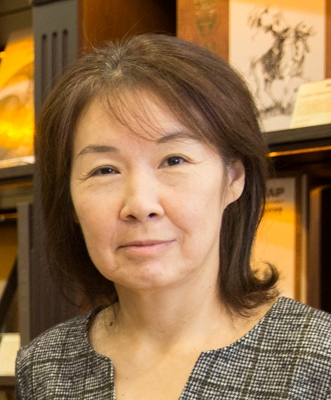The article reconstructs the neglected aspect of the cauldron’s symbolism in the traditional Kazakh culture. Usually, the cauldron is considered a symbol of wealth and prosperity of an individual family and humanity’s unity. However, in the course of the analysis of rituals and folklore materials related to the cauldron, the neglected aspect of Kazakh’s symbolism of the cauldron was defined. The author concluded the following results. The sacredness of the cauldron is fixed among the Scythians, Huns, Turgeshs, and Kipchaks. To some extent, the sacredness is preserved among Kazakhs not only in terms of family life but also in different spheres of social life. The cauldron for Kazakhs played a special role in rituals related to childbirth and death. Also, the triad “man – his wife – his cauldron” can be derived from the rituals related to marriage. The author explains this relationship using the reconstruction of the forgotten mythological image of the cauldron. As a pot for cooking, the cauldron is a symbol of the feminine and maternal principle. It plays a role of a “wife” to a husband and a “mother” to a child. Perhaps, rituals and manipulations with the cauldron during and after childbirth aimed at the activation of feminine and maternal principles symbolized by the cauldron to ease childbirth and protect a child. The result of the study is important for understanding the history of ancient cults of the Turkic people and the features of their display in the modern culture of the nation which converted to Islam several centuries ago.
Key words: Kazakhs, Turks, ancient cults, the Great Mother, cauldron, rituals, traditional beliefs
DOI: 10.22250/20728662_2023_2_103
About the author
 |
Zira Zh. Naurzbayeva – Ph.D. (Philosophy), Chief editor of Otuken.kz, site of Kazakh mythology and culture; |






